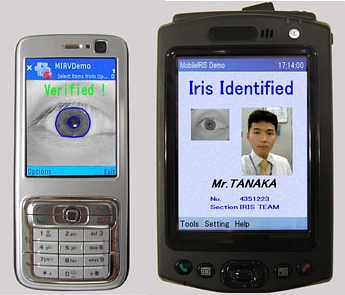October 2009
Ok not yet.. but this is the obituary precursor.
Firethorn Quick View
- Acquired by Qualcomm for $210 in Nov 2007.
- Estimated Revenue of $4-8M through MNO fees and bank licenses ($500k-$1M). Qualcomm does not seperate revenue from this unit, nor is it mentioned in filings (http://www.qualcomm.com/investor/index.html). (Mar 2010 update. QCOM did separate earnings, see related post here)
- Current customers: Wachovia, Regions, SunTrust, Citi Card and now US Bank
- Wachovia is pulling out of $1M arrangement
- JPMC is pulling out
When I was at Gartner Group, I sat down with an “anonymous” analyst and he said let’s think of some catchy titles for a new analyst brief. I asked “what is the subject”? He said “let’s decide that after we define the title that everyone wants to read”. It was then that I decided to leave Gartner, realizing it kept more to its journalism roots (as a prior division of McGraw Hill) then I cared to be associated with.
But alas I regress, growing ever more frustrated by MNO and bank attempts to “mobilize” financial services. Firethorn was a mess from the start. Having been at Wachovia (but never party to Firethorn selection) I can tell you that Firethorn’s banks “wanted to do something in mobile”, without much of a business plan behind it. The lack of a business plan is something that not only challenges the Twitters of the world, it also challenges big organizations. In either case a business plan must be addressed or the initiative will atrophy.. such are the vagaries of life… with perhaps the exception of centralized state planning (thank God for capitalism). The cards were stacked against Firethorn:
- Firethorn Banks had no “mobile” business plan.. when there is no plan, there is no executive support (because there is no revenue)
- Active customers are less then 10k per bank, Firethorn’s $1M price tag was hard for Wachovia to justify. Firethorn is actually paying other (card) banks to use the service..
- Fat clients on mobile phones are a failure (more below).
- Telecos stopped blocking access to http traffic (bank mobile sites)
- Consumers don’t perceive value (browser based access is faster).
BAC, JPM and WFC have solid strategies for mobile in support of their business. Distribution is a key facit of any business and it is never acceptable to create a new channel for sales/service without understanding of how it impacts products, customers and costs to serve. From a Bank CEO perspective, business leadership is required in distribution… don’t let the techies or “internet teams” make distribution decisions absent of business involvement. Firethorn’s current bank customers should have been more thoughtful in their decisions. Giving an MNO “control” over your content is not acceptable. Banks must push strategies that support their ownership of data, control over consumer (including authentication), brand and service experience/cost (quality).
My sources tell me that Wachovia has stopped new enrollments and is sunsetting the app immediately. Existing clients will be notified in next few months. The application never took off w/ Citi Card customers. (Poor US Bank.. they just went live with Firethorn last month).
Firethorn was acquired by Qualcomm for $210 in Nov 2007. Current customers: Wachovia, Regions, SunTrust and now US Bank (blind following the blind). I project Firethorn revenue as $8M from both direct sales to banks and MNO service fees. Revenue growth is challenged by issues above. Expect to see Qualcomm refocus Firethorn in NFC payments space, and align with companies like Vivotech. This is consistent w/ 3Q09 guidance in QCOM investor call
http://www.redherring.com/Home/23154
(side note) Globally mobile banking fat client apps have been a resounding failure. In my previous life at Citi 6 of 6 fat client initiatives have failed. Take a look at the Citi iPhone app.. guess how many people use it? What do I recommend? Low cost…. with no change in consumer “behavior” or support requirements. In the USA.. Create a slimmed down style sheet(s) that fit the mobile browsers. BAC, Wachovia, and Wells to a terrific job here. Most other markets SMS is the way to go. Simplicity is the key to mobile…. My favorite “mobile banking” vendor outside of US is Monitise .. just reuse your ATM transactions and tie to a service (Overview here)



